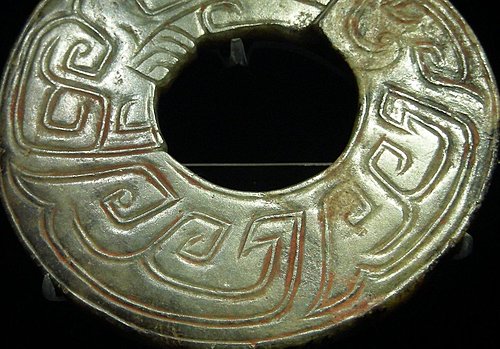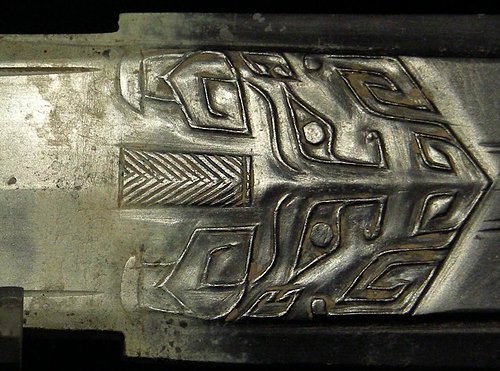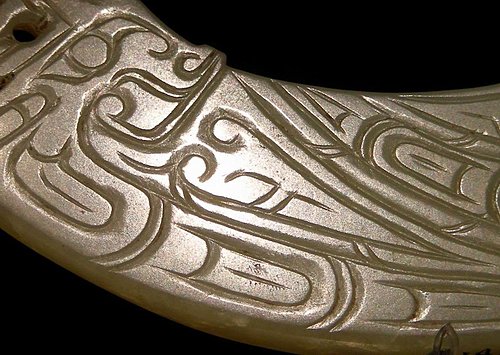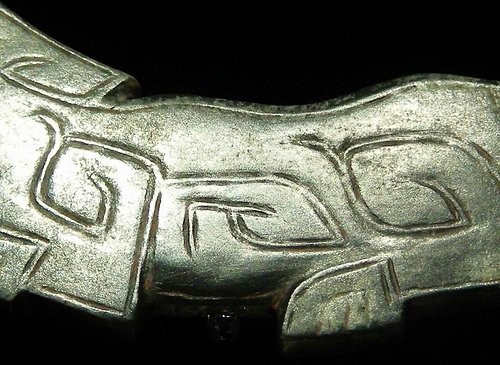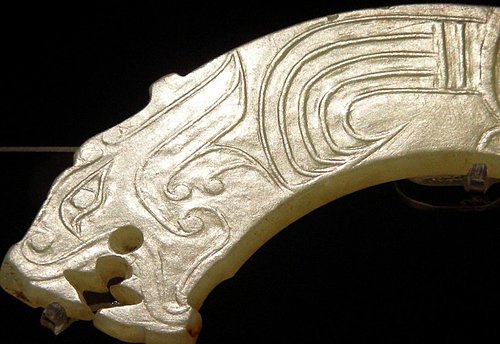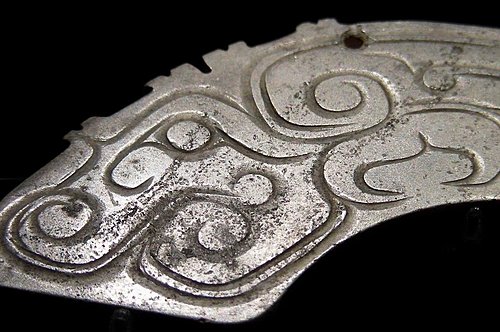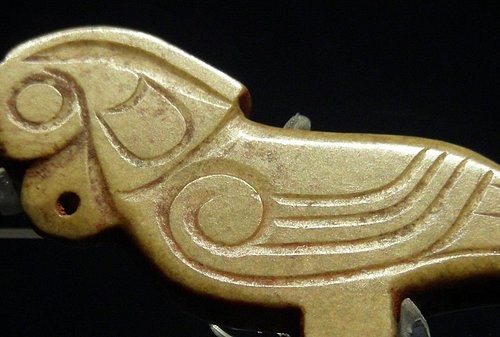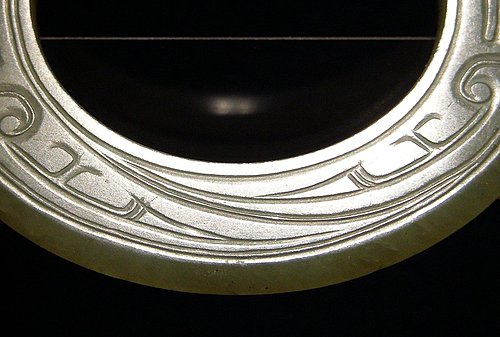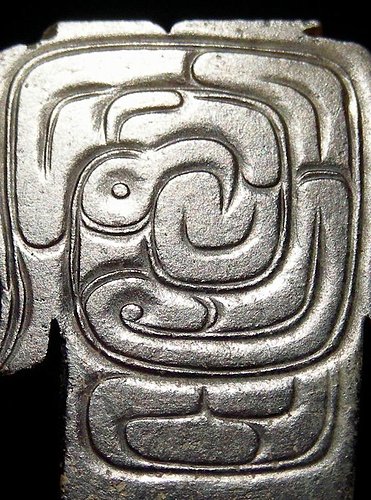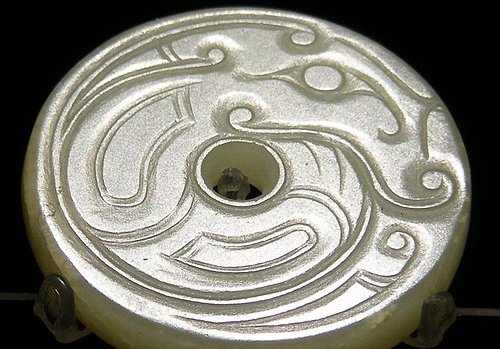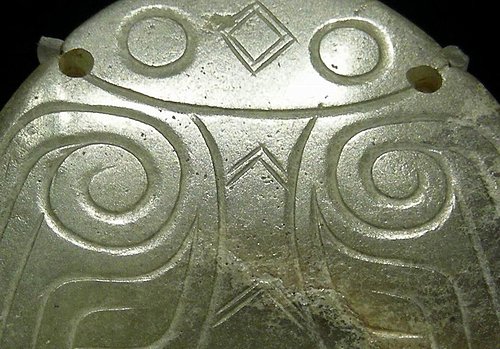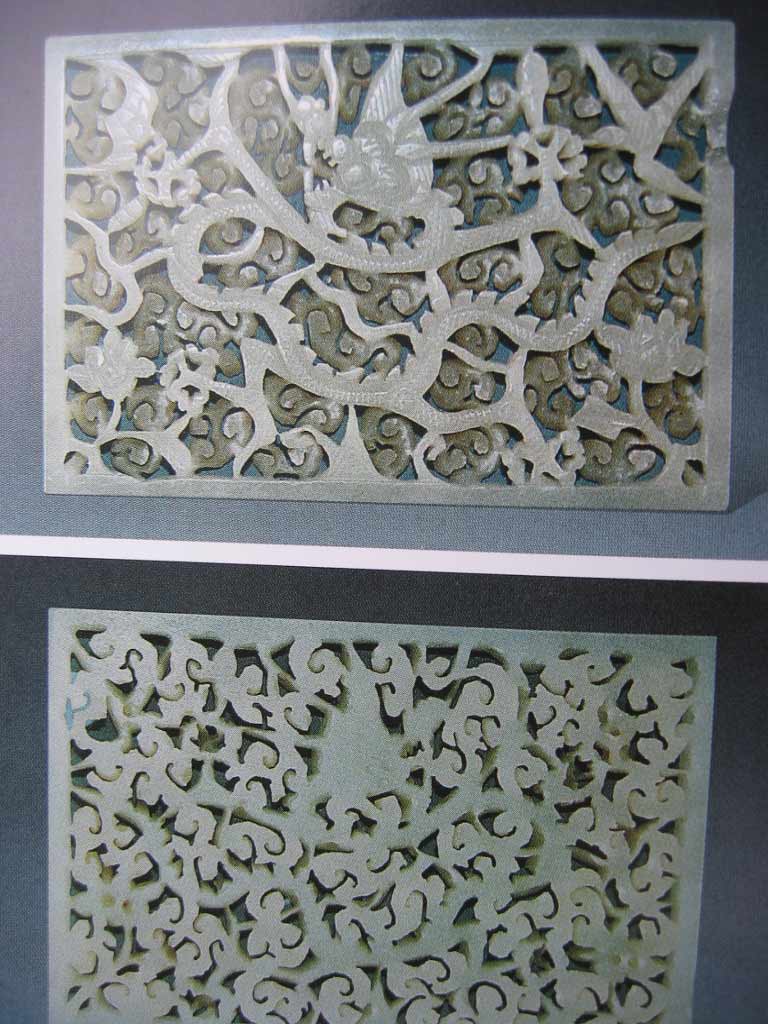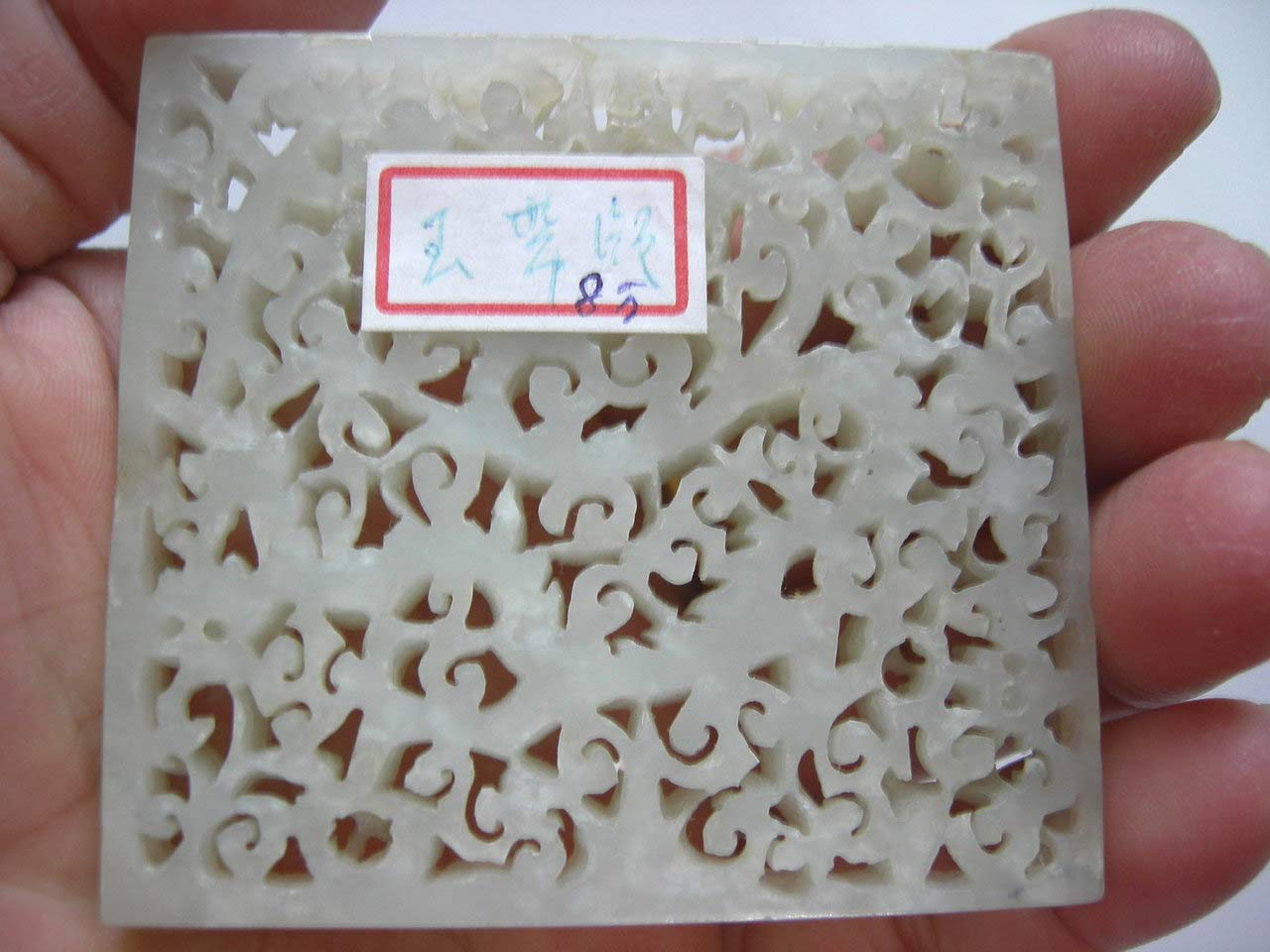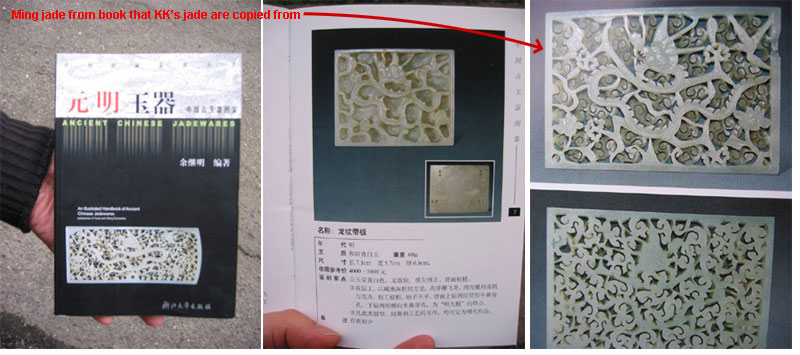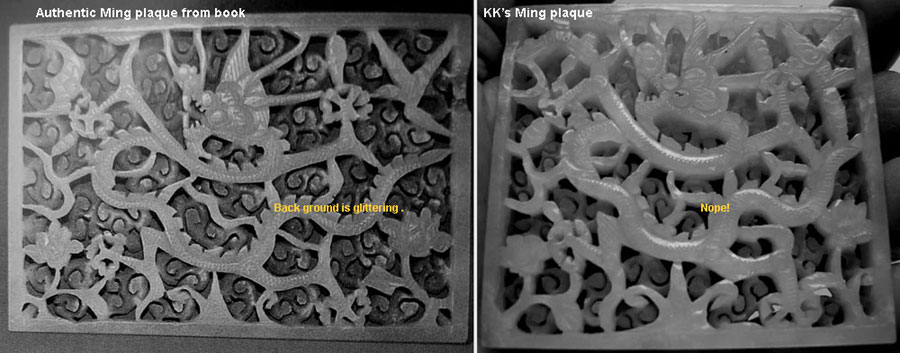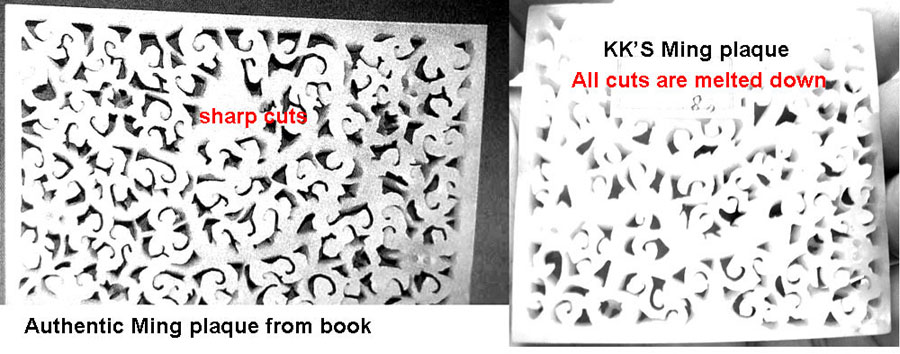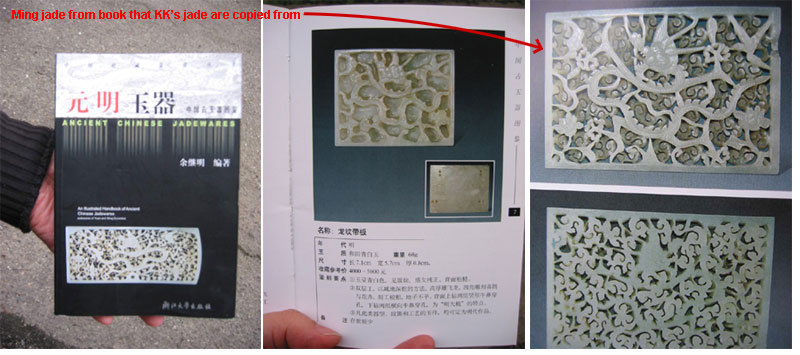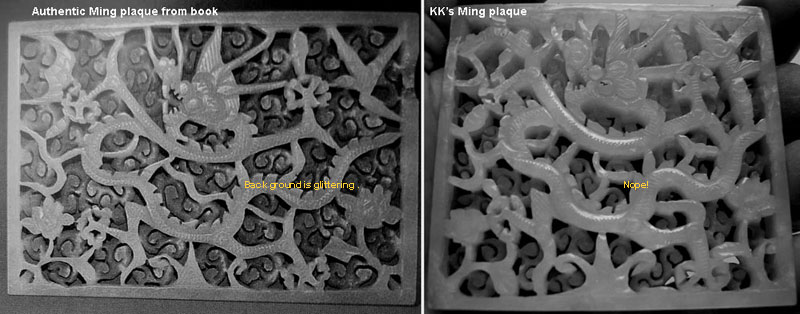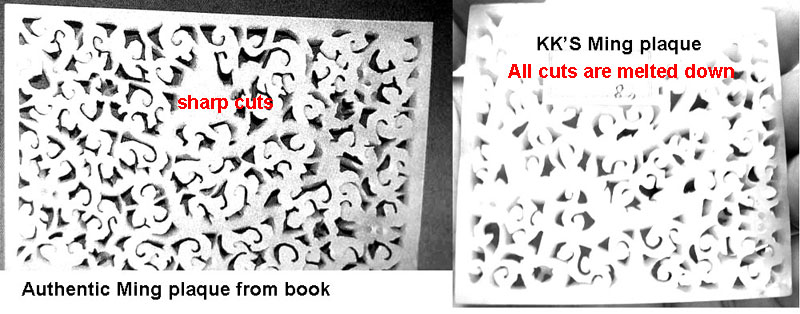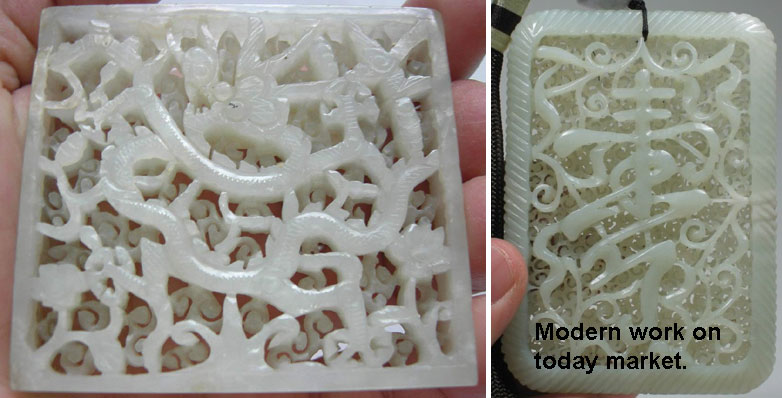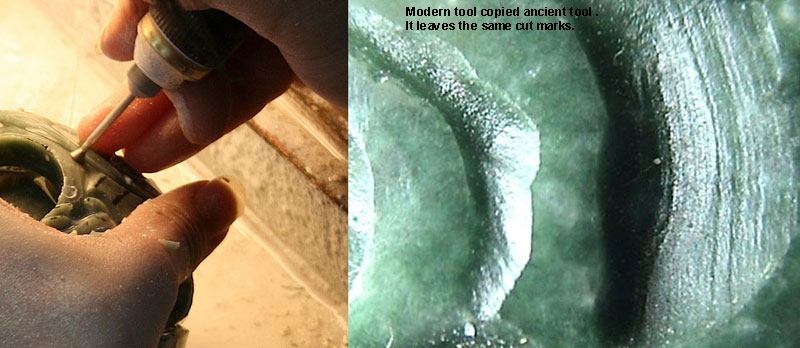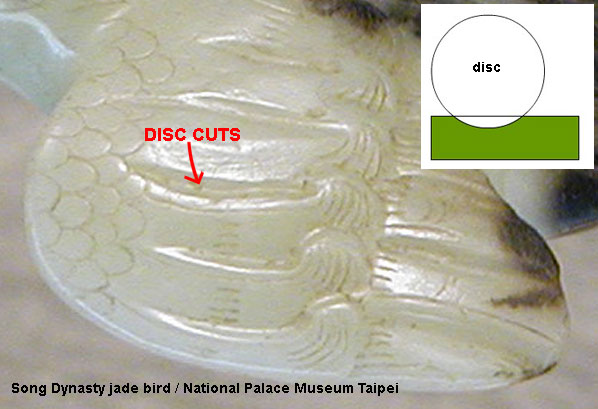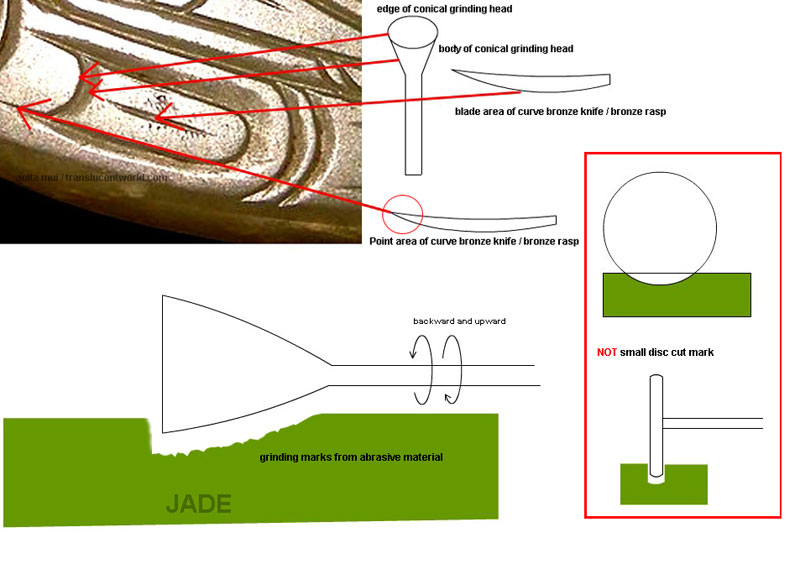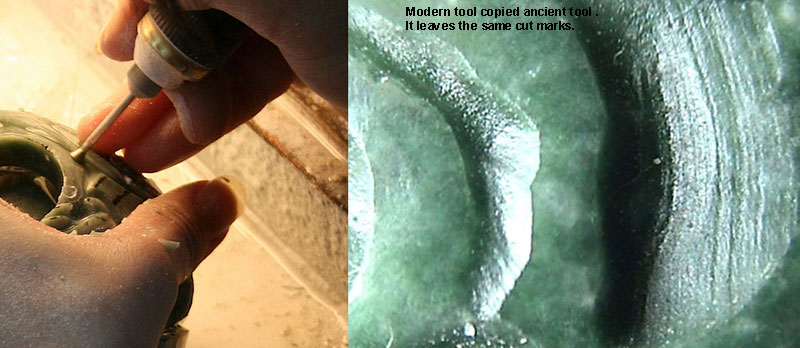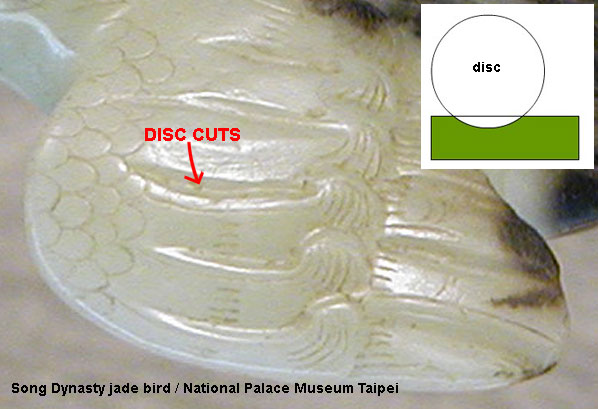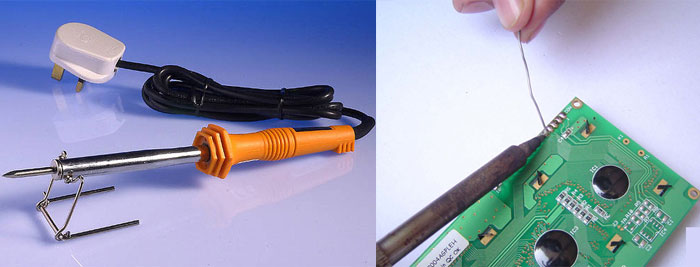-
 tool marks on antique jade #2
tool marks on antique jade #2  ( China & Japan ) - tool marks on jade #2 - Jan 29, 2010 (09:45 PM)
( China & Japan ) - tool marks on jade #2 - Jan 29, 2010 (09:45 PM)  Re: tool marks on antique jade #2 - Anita Mui - Jan 31, 2010 (03:43 AM)
Re: tool marks on antique jade #2 - Anita Mui - Jan 31, 2010 (03:43 AM)  Re: tool marks on antique jade #2
Re: tool marks on antique jade #2  - kk - Feb 02, 2010 (06:42 PM)
- kk - Feb 02, 2010 (06:42 PM)
 Re: tool marks on antique jade #2
Re: tool marks on antique jade #2  - kk - Feb 02, 2010 (06:44 PM)
- kk - Feb 02, 2010 (06:44 PM)
 Re: tool marks on antique jade #2
Re: tool marks on antique jade #2  - kk - Feb 02, 2010 (06:45 PM)
- kk - Feb 02, 2010 (06:45 PM)
 Re: tool marks on antique jade #2
Re: tool marks on antique jade #2  - kk - Feb 02, 2010 (06:46 PM)
- kk - Feb 02, 2010 (06:46 PM)
 Re: tool marks on antique jade #2 - kk - Feb 02, 2010 (07:23 PM)
Re: tool marks on antique jade #2 - kk - Feb 02, 2010 (07:23 PM)  Re: tool marks on antique jade #2 - Anita Mui - Feb 02, 2010 (10:07 PM)
Re: tool marks on antique jade #2 - Anita Mui - Feb 02, 2010 (10:07 PM)
 Re: tool marks on antique jade #2 - LEE - Feb 01, 2010 (11:18 PM)
Re: tool marks on antique jade #2 - LEE - Feb 01, 2010 (11:18 PM)  Re: tool marks on antique jade #2
Re: tool marks on antique jade #2  - Anita Mui - Feb 02, 2010 (10:33 PM)
- Anita Mui - Feb 02, 2010 (10:33 PM)
 Re: tool marks on antique jade #2 - Anita Mui - Feb 03, 2010 (12:39 AM)
Re: tool marks on antique jade #2 - Anita Mui - Feb 03, 2010 (12:39 AM)
 Re: tool marks on antique jade #2
Re: tool marks on antique jade #2  - Anita Mui - Feb 03, 2010 (01:48 AM)
- Anita Mui - Feb 03, 2010 (01:48 AM)
 Re: tool marks on antique jade #2 - Anita Mui - Feb 03, 2010 (02:02 AM)
Re: tool marks on antique jade #2 - Anita Mui - Feb 03, 2010 (02:02 AM)
 Re: tool marks on antique jade #2
Re: tool marks on antique jade #2  - Robert Grady - Feb 03, 2010 (10:01 AM)
- Robert Grady - Feb 03, 2010 (10:01 AM)  Re: tool marks on antique jade #2
Re: tool marks on antique jade #2  - Robert Grady - Feb 04, 2010 (07:42 AM)
- Robert Grady - Feb 04, 2010 (07:42 AM)
 Re: tool marks on antique jade #2
Re: tool marks on antique jade #2  - kk - Feb 04, 2010 (12:14 PM)
- kk - Feb 04, 2010 (12:14 PM)  Re: tool marks on antique jade #2
Re: tool marks on antique jade #2  - Anita Mui - Feb 04, 2010 (11:02 PM)
- Anita Mui - Feb 04, 2010 (11:02 PM)
 Re: tool marks on antique jade #2 - Anita Mui - Feb 04, 2010 (11:31 PM)
Re: tool marks on antique jade #2 - Anita Mui - Feb 04, 2010 (11:31 PM)
 Re: tool marks on antique jade #2 - LEE - Feb 05, 2010 (02:22 AM)
Re: tool marks on antique jade #2 - LEE - Feb 05, 2010 (02:22 AM)
 Re: tool marks on antique jade #2 - Robert Grady - Feb 05, 2010 (04:36 PM)
Re: tool marks on antique jade #2 - Robert Grady - Feb 05, 2010 (04:36 PM)  Re: tool marks on antique jade #2
Re: tool marks on antique jade #2  - Anita Mui - Feb 06, 2010 (06:49 AM)
- Anita Mui - Feb 06, 2010 (06:49 AM)
 Re: tool marks on antique jade #2
Re: tool marks on antique jade #2  - Anita Mui - Feb 06, 2010 (09:15 AM)
- Anita Mui - Feb 06, 2010 (09:15 AM)
 Re: tool marks on antique jade #2 - kk - Feb 06, 2010 (07:16 PM)
Re: tool marks on antique jade #2 - kk - Feb 06, 2010 (07:16 PM)
 Re: tool marks on antique jade #2 - kk - Feb 06, 2010 (07:48 PM)
Re: tool marks on antique jade #2 - kk - Feb 06, 2010 (07:48 PM)  Re: tool marks on antique jade #2
Re: tool marks on antique jade #2  - Anita Mui - Feb 07, 2010 (07:39 AM)
- Anita Mui - Feb 07, 2010 (07:39 AM)
 Re: tool marks on antique jade #2 - Robert Grady - Feb 07, 2010 (09:29 AM)
Re: tool marks on antique jade #2 - Robert Grady - Feb 07, 2010 (09:29 AM)  Re: tool marks on antique jade #2
Re: tool marks on antique jade #2  - Anita Mui - Feb 07, 2010 (11:19 PM)
- Anita Mui - Feb 07, 2010 (11:19 PM)
 Re: tool marks on antique jade #2 - kk - Feb 08, 2010 (10:39 AM)
Re: tool marks on antique jade #2 - kk - Feb 08, 2010 (10:39 AM)  Re: tool marks on antique jade #2 - Anita Mui - Feb 08, 2010 (03:35 PM)
Re: tool marks on antique jade #2 - Anita Mui - Feb 08, 2010 (03:35 PM)
 Re: tool marks on antique jade #2 - Robert Grady - Feb 09, 2010 (08:15 AM)
Re: tool marks on antique jade #2 - Robert Grady - Feb 09, 2010 (08:15 AM)  Re: tool marks on antique jade #2 - LEE - Feb 09, 2010 (05:46 PM)
Re: tool marks on antique jade #2 - LEE - Feb 09, 2010 (05:46 PM)  Re: tool marks on antique jade #2
Re: tool marks on antique jade #2  - Anita Mui - Feb 09, 2010 (09:13 PM)
- Anita Mui - Feb 09, 2010 (09:13 PM)  Re: tool marks on antique jade #2
Re: tool marks on antique jade #2  - Anita Mui - Feb 13, 2010 (03:12 PM)
- Anita Mui - Feb 13, 2010 (03:12 PM)
 Re: tool marks on antique jade #2
Re: tool marks on antique jade #2  - LEE - Feb 13, 2010 (09:40 PM)
- LEE - Feb 13, 2010 (09:40 PM)  Re: tool marks on antique jade #2 - Anita Mui - Feb 14, 2010 (11:07 PM)
Re: tool marks on antique jade #2 - Anita Mui - Feb 14, 2010 (11:07 PM)
